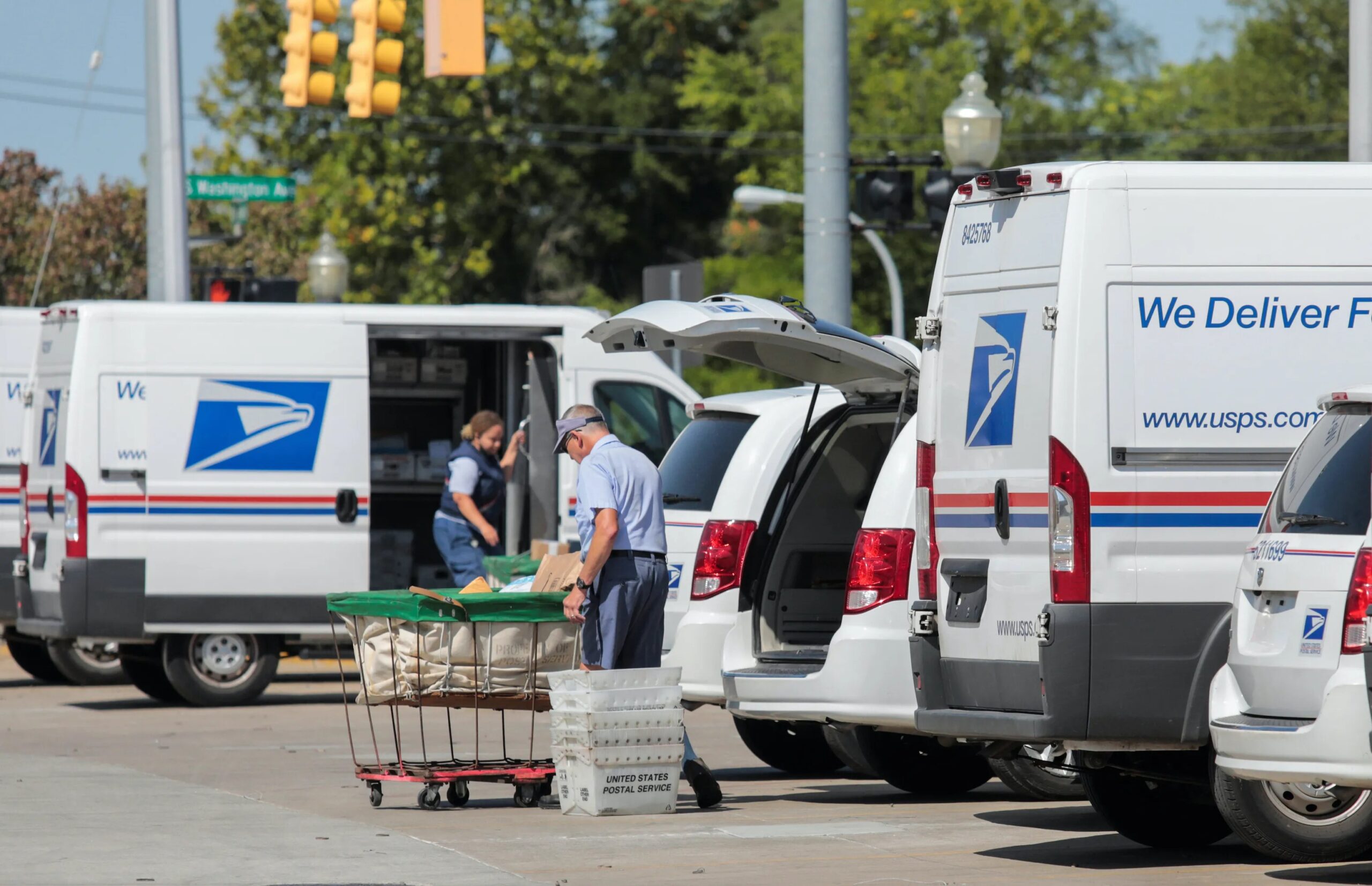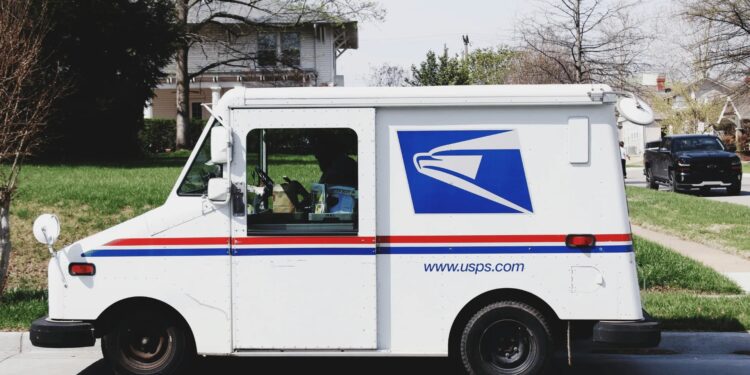Mail delivery across the United States Postal Service has been facing challenges, as a recent internal evaluation showed a 5% drop in first-class letter punctuality over the past two years. The service has not been able to maintain timely deliveries, and this continues to worry those relying on consistent mail timing.
Even though the USPS has repeatedly changed its delivery timeframes to allow for more flexibility, the inspector general’s report revealed that letters still take longer to reach their destinations.

Leaders at the postal service have partly blamed the lack of progress on how Congress continues to control operational decisions, making change difficult.
As package delivery options like Amazon offer detailed, real-time tracking, delays from USPS might cause customers to leave for private alternatives.
This warning came directly from the inspector general, who also mentioned that some of the problems relate to bulk-mailing customers sending items that are too thick, causing jams in sorting machines.
Transformation Plan Yet to Bring Results
A plan titled Delivering for America was introduced in 2021 with the goal of changing how USPS operates over ten years. The idea was to spend less and focus more on package services, which can bring in more revenue.
Even though this effort has included network changes and pricing updates, the report concluded that the system remains in a state of transition, with no clear timeline on when it will settle.
The inspector general pointed out that while changes are underway to save money and improve service, the results so far show that service delivery remains uneven, and the financial situation has not improved.
Proposals for Reform and Financial Pressure
President Donald Trump has shared ideas about making bold changes to how USPS runs. One of the steps taken includes reaching out to Elon Musk’s DOGE team to help address the agency’s financial problems, which led to a loss of $9.5 billion last year.
Supporters of the postal service, including labor union representatives, have argued that the issue lies with how Congress controls the service while expecting it to run as a business. They believe that turning a profit should not be the postal service’s top priority.
Lower Targets and Falling Volumes
The USPS now aims to deliver first-class mail on time 88% of the time, a drop from its previous target of 92.5% set for 2023. The inspector general explained that the postal service is delivering far fewer items such as personal letters and bills compared to the 1990s.
Yet, the delivery system has not changed enough to match today’s volume. Mail handling problems were also found during the review. In one test case, a package going from Anaheim, California, to Denver was rerouted to two Florida sorting centers before reaching its final stop, which delayed it by three days.
Another package that left Tucson, Arizona, and was supposed to arrive in Denver was first processed in Denver, then rerouted through Wyoming and Utah, adding a five-day delay.






















